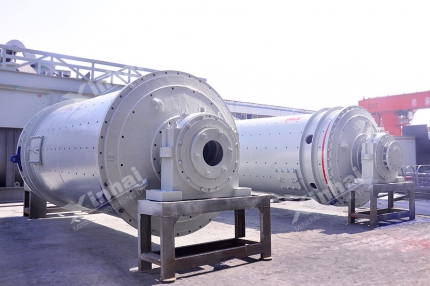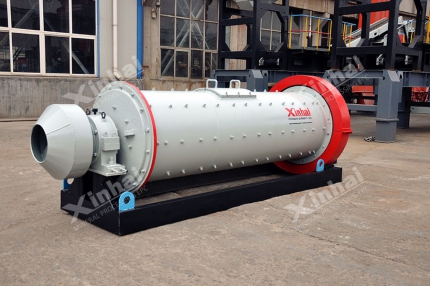Chromite is an important strategic metal mineral, its main components are iron, chromium and oxygen, and may also contain a small amount of magnesium, aluminum, silicon and other elements. The beneficiation is mainly based on the properties of chromite ore, but the general principle process is usually crushing-grinding-separation (gravity separation, magnetic separation, flotation)-dehydration. However, what equipment is required for each process in chromite beneficiation? Let's learn about it together.
Use the table of contents below to navigate through the guide:
01Chromite beneficiation crushing equipment
Crushing is a necessary step before chromite beneficiation. Large pieces of ore need to be crushed by equipment to reduce the particle size of the ore and achieve initial dissociation. Screening equipment will be used for classification in the process, and qualified materials will be fed to the next step. Unqualified materials will be returned to the crusher to form a closed loop. The equipment required in the process is mainly crushers and screeners.
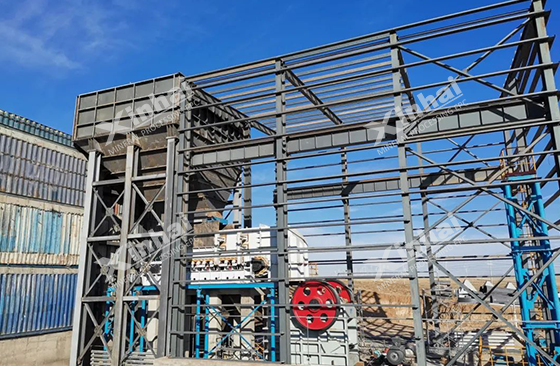
Crushers: There are jaw crushers, cone crushers, etc. The former has a simple structure, reliable operation, and convenient maintenance. It is suitable for coarse crushing of ores of various hardnesses. It can effectively crush large pieces of chromite ore into smaller particles to prepare for subsequent mineral processing operations; the latter has a large crushing ratio, high efficiency, low energy consumption, and can handle ores with higher hardness. The ore crushed by the jaw crusher can be further crushed to a finer particle size to meet the requirements of subsequent mineral processing technology.
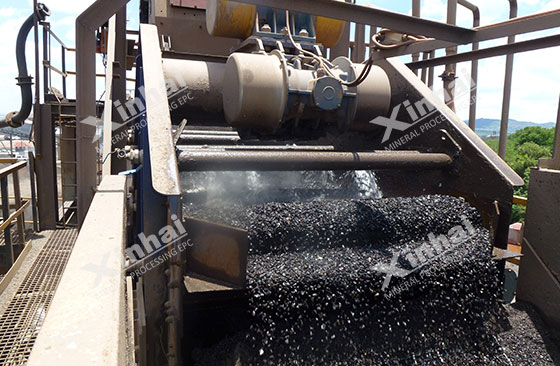
Screening machine: It is mainly used to separate materials of different particle sizes to meet the requirements of subsequent processing or use. Common screening machine equipment includes linear vibrating screen, circular vibrating screen and high-frequency vibrating screen. Among them, the linear vibrating screen has a simple structure, is relatively convenient to operate and maintain, and has a relatively low cost. It can efficiently screen materials of various particle sizes; the circular vibrating screen has a large excitation force, excellent screening ability, considerable processing capacity, and relatively stable operation, which can meet the needs of large-scale production; the high-frequency vibrating screen has high screening accuracy, especially suitable for fine screening of fine-grained materials, which can effectively improve product quality.
02Chromite beneficiation grinding equipment
Grinding is a process to further separate monomers after crushing. Generally, qualified ore particles after screening are fed into the ball mill for fine grinding. The particle size after grinding needs to be classified by the classifier to meet the fineness requirements. The equipment required in the process is mainly ball mills and classifiers.
Ball mill: It is mainly used to grind the crushed ore to fully dissociate the useful minerals from the gangue and provide a suitable particle size for ore dressing. The main equipment used is the grid ball mill, overflow ball mill and rod mill. Among them, the working characteristics of the grid ball mill are forced discharge, large production capacity, suitable for coarse grinding, and processing coarse-grained materials; the working characteristics of the overflow ball mill are that the grinding product has a fine particle size, which is suitable for fine grinding and processing fine-grained materials; the working characteristics of the rod mill are that the grinding medium is steel rods, the product particle size is uniform, and it is suitable for open-circuit grinding and processing brittle materials.
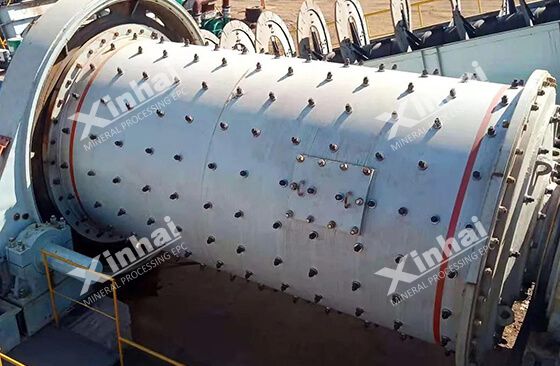
Classifier: The function of the classifier is to assist the ball mill to ensure the ore particle size. It is used to classify the materials after grinding. The minerals that meet the particle size requirements enter the next link and wait for selection, while the unqualified particle size overflows from the classifier and returns to the ball mill for re-grinding. The commonly used classifiers are mainly spiral classifiers and hydrocyclones. Among them, the former is mainly used for wet classification, with a simple structure and stable operation; the latter has high classification efficiency and small footprint, and is often used for fine-grained material classification.
03Chromite beneficiation Equipment
The dressing method is mainly determined by the properties of chromite ore. Usually, there are several methods, such as magnetic separation, gravity separation and flotation. Gravity separation is mostly used in the roughing stage to recover coarse chromite; magnetic separation is used to remove magnetic impurities; flotation is used for fine and micro-fine chromite. The equipment required for this link is mainly determined by the process, which includes magnetic separation equipment, gravity separation equipment and flotation equipment.
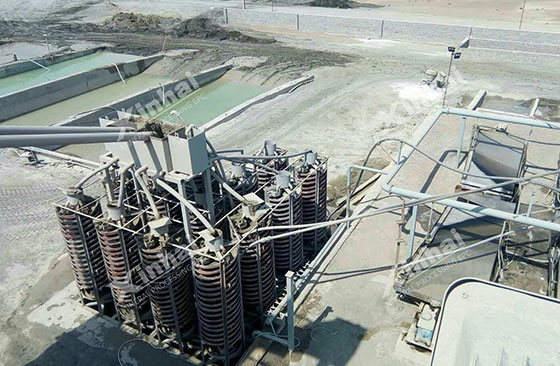
Gravity separation equipment: According to different gravity conditions, it can be divided into shaking table gravity separation, spiral chute gravity separation and jigging gravity separation. The shaking table uses the combined effect of gravity, water flow and bed friction to achieve separation of minerals, which can effectively recover useful minerals from coarse chromite ore; spiral chute gravity separation uses the flow of slurry in the spiral chute and the centrifugal force to make the mineral particles of different densities move along different trajectories to achieve separation; jigging gravity separation uses periodic up and down pulsating water flow to loosen the bed and stratify it by density, thereby achieving separation of mineral particles.
Magnetic separation equipment: It uses the magnetic difference of minerals for separation, and is simple to operate and highly adaptable. Commonly used equipment includes permanent magnetic drum magnetic separators, wet permanent magnetic drum magnetic separators, dry magnetic separators, etc. Among them, the magnetic field strength of the permanent magnetic drum magnetic separator is relatively stable, the structure is simple, and it is suitable for roughing and concentrating operations; the wet permanent magnetic drum magnetic separator has high ore separation efficiency and is suitable for processing materials with finer particle sizes; the dry magnetic separator does not require water and is suitable for arid and water-scarce areas.
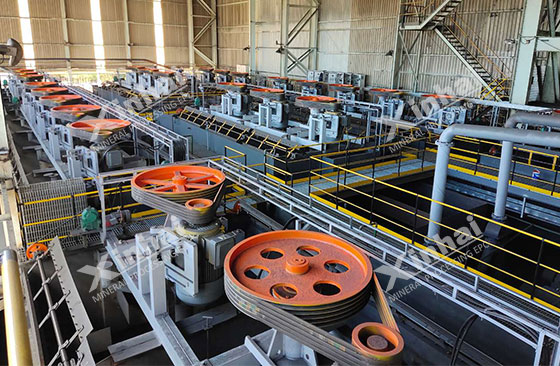
Flotation equipment: It mainly utilizes the difference in physical and chemical properties of the mineral surface to make the mineral particles in the slurry selectively adhere to the bubbles, thereby separating useful minerals from gangue minerals. It has good sorting effect on fine and micro-fine minerals. Commonly used equipment is mainly mechanical stirring flotation machine and aeration stirring flotation machine. The former mainly stirs the slurry through the impeller to achieve air dispersion and contact between mineral particles and bubbles. It has high stirring intensity and large aeration volume, and can handle ores of various particle sizes and densities; the latter mainly relies on external aeration devices to aerate the slurry and produce stirring effects. It has the characteristics of easy adjustment of aeration volume and relatively low energy consumption, and is suitable for processing certain specific types of ores.
04Chromite beneficiation dehydration equipment
Dehydration is the final operation of mineral processing, mainly to dehydrate the concentrate and tailings. During the operation, different dehydration equipment is mainly used according to the dehydration rate requirements. Commonly used ones are concentrators, cyclones, dehydration screens, presses/filters, etc.
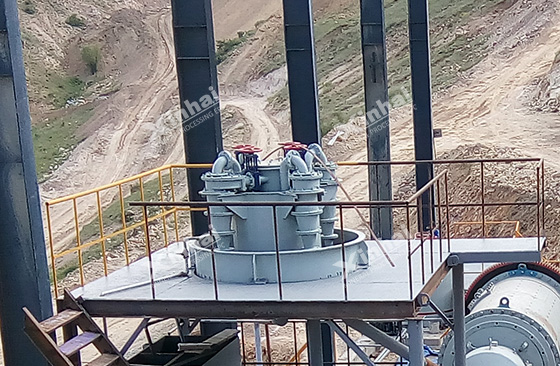
Concentrators: There are high-efficiency concentrators, inclined plate concentrators, deep cone concentrators, etc. The dehydration bottom flow concentration is generally 60~70%. One more stage of dehydration can be done in the concentrate, and two stages of dehydration can be done in the tailings.
Cyclone: There are cyclones and cyclone groups. According to the processing capacity and dehydration requirements, it is determined whether to use a single machine or a combined machine. The water content of the dehydration bottom flow is 40~30%, and it is mostly used for one or two stages of dehydration in the tailings.
Dehydration screen: The bottom flow dehydration rate is 12~15%, and it is mostly used for the third stage or final dehydration of tailings.
Press/filter: Disc vacuum filter, ceramic filter, permanent magnetic vacuum filter, box filter press, plate and frame filter press and belt filter press, etc., can be used in concentrate dehydration and tailings dehydration operations, and the final bottom flow water content is 9~12%.
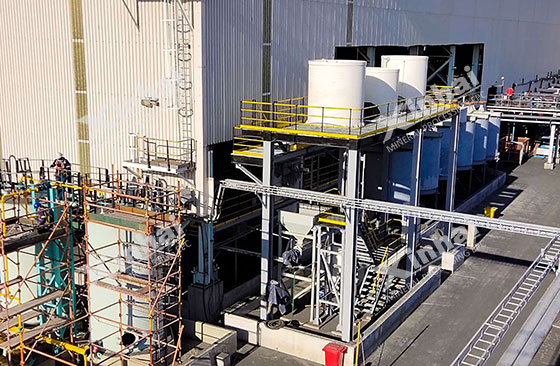
In summary, the chromite beneficiation process requires the cooperation of multiple equipment, and each equipment has its unique characteristics and functions. Reasonable selection and use of these equipment can improve the chromite beneficiation efficiency and quality and realize the effective utilization of resources.


 marketing@ytxinhai.com
marketing@ytxinhai.com  0086 13810327080
0086 13810327080 






































































































 CHAT
CHAT MESSAGE
MESSAGE






.jpg)
